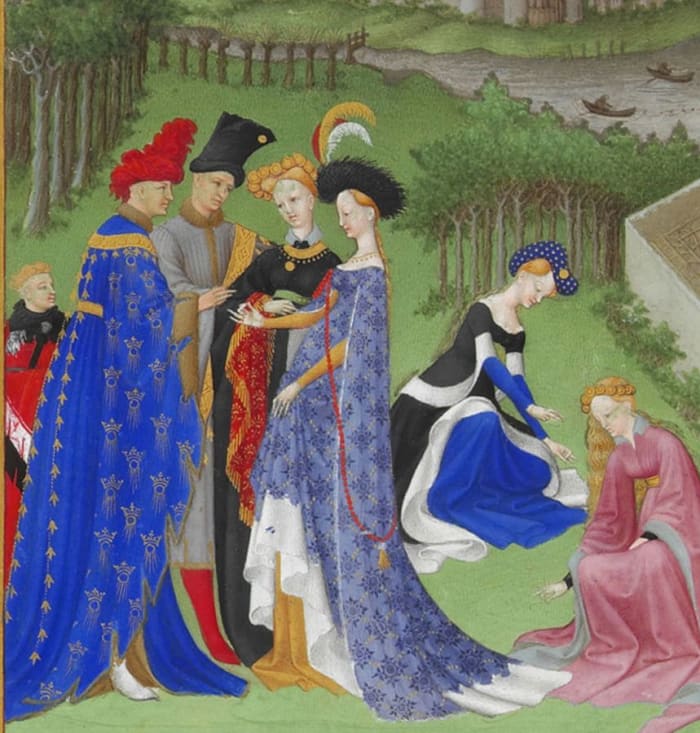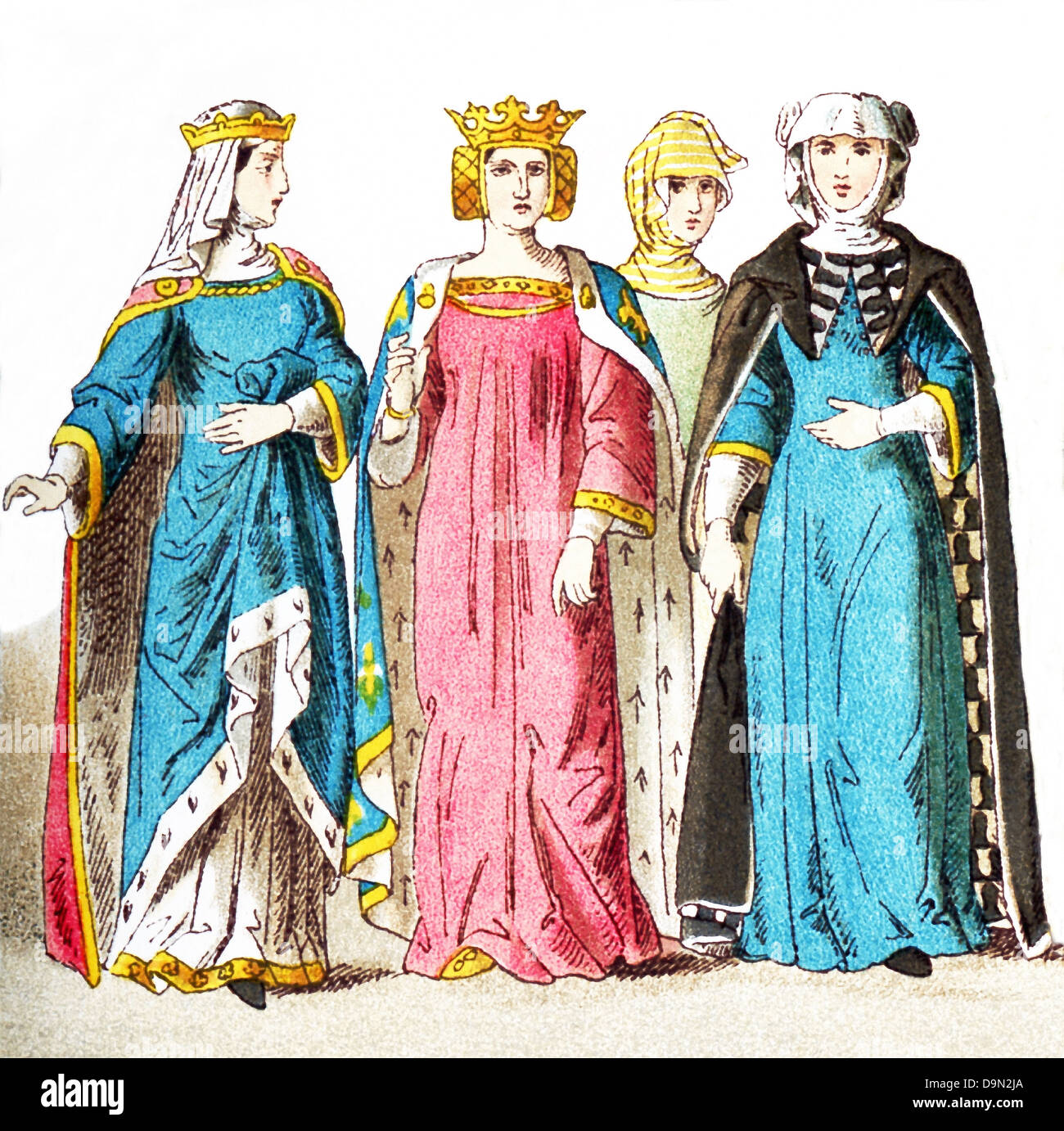Out Of This World Tips About Women Hairstyles 1300s Medium Blonde Hair Cut

Between the 13th and 15th centuries, snoods or crespines became popular.
Women hairstyles 1300s. Most important characteristics of medieval women hairstyles were flowers, silk bands, and leaves. People in the middle ages liked to layer. The natural state of african hair allows it to be anything and everything.
The man on the right wears a. The basic garment worn by men, women, and children alike was a tunic. 1300's, clothing history, female, history, medieval.
Women’s hairstyles had already gone through a drastic change in the first decade of the twentieth century. As the flapper era approached women were in transition from the huge, gibson girl hairstyles of the 1900s and the shorter hair to come. In the middle of the 1300s, the trend of wide headgear with side coils went to the next level.
In the 1300s, it became the fashion for people to wear shifts,. Many women, as had been done. Hats, veils and hair styles though images from source material.
Many of the best hairstyles for women were born in the 1900s. In the 19th century, women’s hairstyles were influenced by various factors including culture, social status, and fashion trends. One of the most common.
We do know, mainly from painting and tapestries, that men's hairstyles went from long and shaggy with beards and mustaches in the early medieval period, to short and clean. Instead of coiling hair around, they made the braids into stiff pillars on. In the 1300’s woman would wear anything from uncovered braids, to veils over barbet and fillet, caul and crespine, depending on rank, wealth and time.
Like noble women, these middle class women were also responsible for running the. An overivew of the fashion of medieval female headgear 1300’s (14th century). 13th century clothing featured long, belted tunics with various styles of surcoats or mantle in various styles.
As the flapper era quickly approached, women were. What were the hairstyles of women like in 1900? Dec 08, 2016 / 1300's, clothing history, headwear, history, male, medieval the diversity of styles and colors of headgear increased greatly in the 1300’s.
In the past, during the years of slavery, hairstyles were done to store grains of rice in the. Ladies would braid and twist their hair into two buns on the.


















